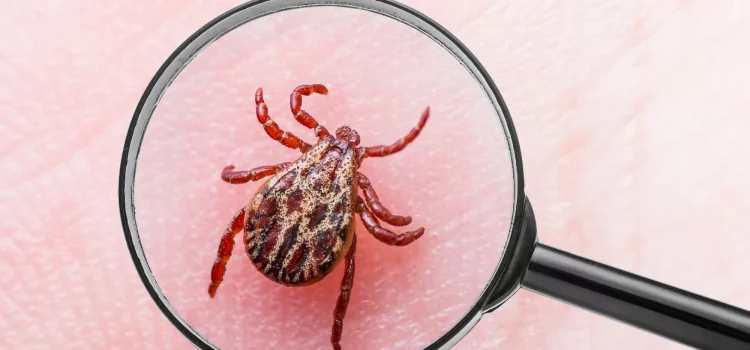
What are Ticks?
Ticks, are not insects, belong to the arachnid family, closely related to spiders. As intriguing creatures with a unique life cycle, they undergo distinct stages from eggs to larval and nymphal phases before reaching adulthood, showcasing eight legs. Understanding their biology is crucial to demystify their behaviors and potential risks they pose.
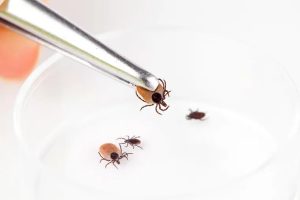
Where are Ticks Found?
- Backyards and Outdoor Spaces
- Wooded Areas
- Ground Cover and Walls
- Moist and Shaded Locations
- Regions with Small Mammals and Birds
- Under Leaves and in Tall Grasses
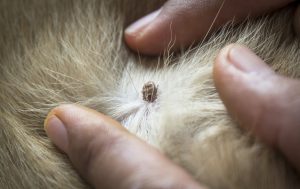
Diversity of Tick Species in the United States
The U.S. hosts several tick species, each with distinct characteristics and geographic prevalence. Black-legged ticks, also known as deer ticks, dominate the Northeast and upper Midwest regions. Dog ticks are commonly found in the Midwest and Eastern U.S., with limited presence on the Pacific Coast. Lone star ticks, on the other hand, prevail in Southeastern and Eastern states.
| Tick Species | Geographic Distribution |
|---|---|
| Black-legged Ticks | Northeast, Upper Midwest |
| Dog Ticks | Midwest, Eastern U.S., Limited Pacific Coast |
| Lone Star Ticks | Southeastern, Eastern U.S. |
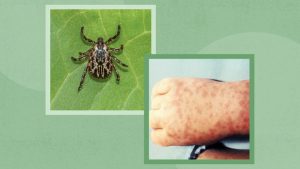
Tick-Borne Illness Landscape: A Closer Look
Ticks play a significant role in the transmission of various diseases, with black-legged ticks being particularly noteworthy. These ticks are associated with the transmission of babesiosis, anaplasmosis, Borrelia miyamotoi infection, Powassan virus, and the infamous Lyme disease.
- Lyme Disease: Emerging as the most prevalent tick-borne illness, Lyme disease manifests with symptoms like fever, headache, fatigue, and a distinctive bulls-eye rash. If left untreated, it can progress to affect joints, the heart, and the nervous system.
- Rocky Mountain Spotted Fever: Commonly spread by dog ticks, this potentially fatal disease requires prompt antibiotic treatment. Unfortunately, fatalities often occur due to delayed recognition and treatment.
- Southern Tick-Associated Rash Illness (STARI): A relatively new entrant, STARI emerges from lone star tick bites, exhibiting symptoms akin to those of Lyme disease.
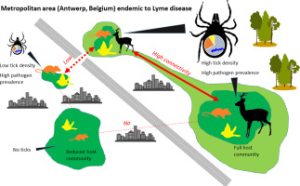
Heightened Tick Bite Awareness and Proactive Prevention
Ticks often target moist and warmer areas of the body, including the groin, armpits, and scalp. The painless nature of tick bites underscores the importance of regular inspections. Peak transmission of Lyme disease occurs in June, July, and August, with a surprising 75% of cases acquired on one’s own property.
Defensive Measures for Tick Protection:
- Utilize tick repellents containing DEET (25-50%) on exposed skin.
- Apply permethrin on clothing for extended protection.
- Conduct thorough inspections of yourself and clothing post-outdoor activities.
- Opt for drying clothes in a dryer as an effective method to eliminate ticks.
Strategic Tick Bite Response
- Prompt Removal:
- Use fine-tipped tweezers for precise removal.
- Grasp the tick close to the skin’s surface.
- Steady Pressure:
- Apply steady and upward pressure.
- Avoid jerking or twisting motions during removal.
- Straight Motion:
- Pull the tick straight out without deviation.
- Ensure the entire tick is extracted.
- Cleaning the Bite Area:
- Thoroughly clean the bite area with alcohol.
- Follow up with soap and water to minimize infection risk.
- Save the Tick:
- Preserve the tick for potential identification.
- Store it in a sealed container or bag.
- Monitoring for Symptoms:
- Be vigilant for signs of tick-borne illnesses.
- Watch for symptoms such as fever or rash.
- Timely Medical Attention:
- Seek medical assistance if symptoms develop.
- Do not flush the tick; doctors may need it for identification.
- Avoiding Panic:
- Remain calm; not all tick bites lead to infections.
- Overreacting may cause unnecessary stress.
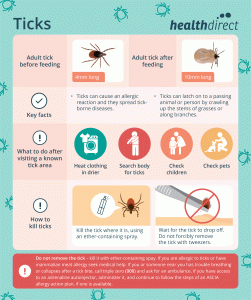
Conclusion
Comprehending the intricacies of ticks and adopting proactive measures is paramount in mitigating the risks associated with tick-borne illnesses. Stay informed, engage in preventative practices, and safeguard your health during outdoor activities to ensure a harmonious coexistence with these fascinating yet potentially hazardous arachnids.








